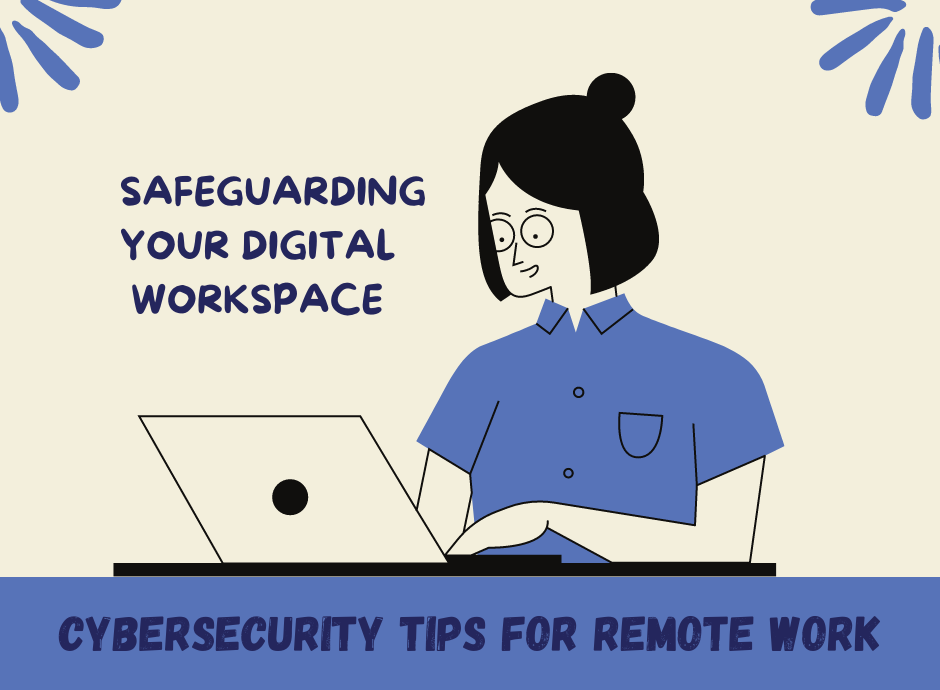In the rapidly evolving landscape of remote work, ensuring the security of your digital workspace is paramount. Cyber threats are on the rise, targeting individuals and organizations alike. Implementing robust cybersecurity practices is essential to safeguard sensitive data and maintain a secure remote work environment. Here are actionable tips to fortify your digital defenses:
1. Utilize Secure Connection:
- Always connect to a secure and encrypted network, preferably a Virtual Private Network (VPN), to protect data during transmission.
2. Multi-Factor Authentication (MFA):
- Enable MFA for all accounts and applications to add an extra layer of security beyond passwords.
3. Regular Software Updates:
- Keep all devices and software up to date with the latest security patches. Regular updates help patch vulnerabilities.
4. Endpoint Protection:
- Install reputable antivirus and anti-malware software on all devices to detect and mitigate potential threats.
5. Secure Communication Tools:
- Use encrypted communication tools for sensitive discussions. Platforms with end-to-end encryption ensure privacy.
6. Data Encryption:
- Encrypt sensitive files and communications to protect data from unauthorized access, especially when sharing files over the internet.
7. Employee Training:
- Conduct regular cybersecurity awareness training sessions to educate employees about potential threats and safe online practices.
8. Device Security:
- Implement strong password policies and device-level encryption to secure laptops, smartphones, and other remote work devices.
9. Secure Home Networks:
- Advise employees to secure their home Wi-Fi networks with strong passwords and encryption protocols to prevent unauthorized access.
10. Incident Response Plan:
- Develop a comprehensive incident response plan to swiftly address and mitigate security incidents. Ensure employees are aware of reporting procedures.
11. Monitor User Activities:
- Implement monitoring tools to track user activities and identify any unusual behavior that may indicate a security threat.
12. Regular Security Audits:
- Conduct periodic security audits to assess the effectiveness of your cybersecurity measures and identify areas for improvement.
By adopting these cybersecurity best practices, remote workers and organizations can significantly enhance their resilience against cyber threats. As the remote work landscape continues to evolve, a proactive and vigilant approach to cybersecurity is essential for maintaining a secure digital workspace.



